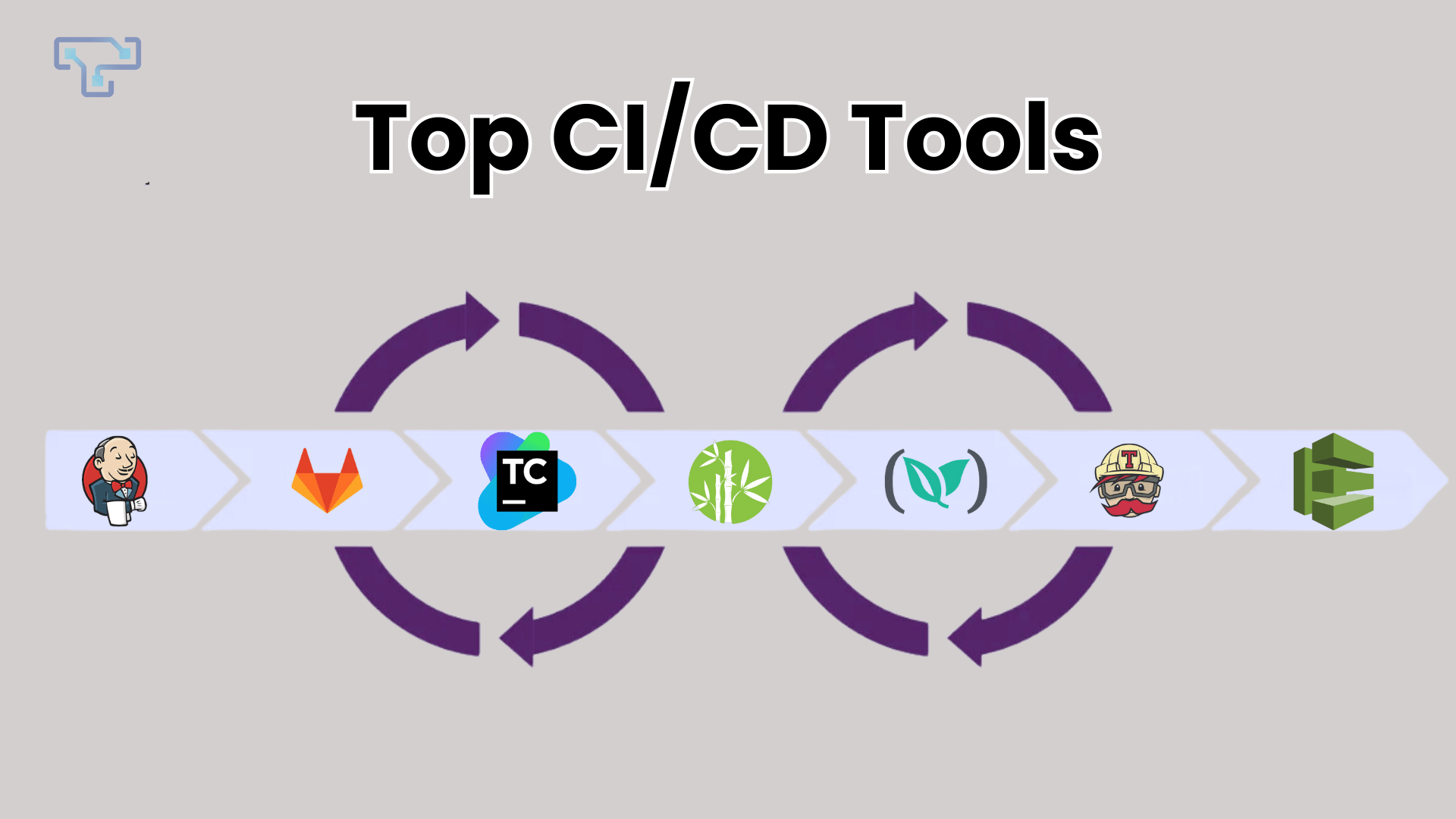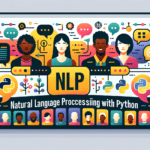In the ever-evolving landscape of software development, Continuous Integration (CI) and Continuous Deployment/Delivery (CD) have emerged as pivotal practices. These methodologies enable development teams to automate and streamline their workflows, ensuring faster and more reliable delivery of software products. CI/CD tools are instrumental in facilitating these practices, offering a suite of functionalities that simplify the build, test, and deployment processes. This blog delves into what CI/CD tools are, how they work, and highlights some of the most popular tools in the market.
Understanding CI/CD
Continuous Integration (CI) is a development practice where developers frequently integrate code into a shared repository. Each integration is verified by an automated build and automated tests. The primary goal of CI is to detect and address integration issues early, improving the overall quality of the software.
Continuous Deployment/Delivery (CD) takes CI a step further. Continuous Delivery ensures that the codebase is always in a deployable state, but the deployment to production is still a manual process. Continuous Deployment automates the deployment process, pushing every code change to production automatically if it passes all stages of the pipeline.
How CI/CD Tools Work
CI/CD tools automate several aspects of the software development lifecycle, from code integration to deployment. Here’s a simplified breakdown of how these tools typically work:
- Code Integration:
- Developers push code to a version control repository (e.g., Git).
- The CI tool detects changes in the repository and triggers a build.
- Automated Testing:
- The tool runs a series of automated tests to validate the new code.
- Tests can range from unit tests to integration tests and end-to-end tests.
- Build and Artifact Creation:
- If tests pass, the CI tool packages the code into build artifacts (e.g., binaries, Docker images).
- These artifacts are stored in a repository or container registry.
- Deployment:
- In the CD phase, the artifacts are deployed to staging or production environments.
- Deployment can be manual (Continuous Delivery) or automated (Continuous Deployment).
- Monitoring and Feedback:
- Post-deployment, the system is monitored for any issues.
- Feedback is provided to developers, ensuring continuous improvement.
Key Considerations When Choosing a CI/CD Tool
When selecting a CI/CD tool for your projects, several factors need to be considered to ensure it meets your team’s specific requirements:
On-Premises vs. Hosted
On-Premises: Offers more control over the environment but requires more maintenance and infrastructure management.
Hosted: Easier to set up and maintain, with the infrastructure managed by the service provider.
Docker Support
Ensure the tool supports Docker if your project involves containerization. Docker support is crucial for modern DevOps practices, enabling consistent environments across development, testing, and production.
User Interface (UI)
The UI should be intuitive and easy to use, reducing the learning curve for new users and enhancing productivity.
Popular CI/CD Tools
Several CI/CD tools have gained popularity for their robust features and ease of use. Here are some of the most widely used tools:
Jenkins
Overview: Jenkins is an open-source automation server widely regarded as one of the leading CI/CD tools.
Features:
-
- Supports hundreds of plugins to customize the CI/CD pipeline.
- Enables automated testing and deployment.
Benefits:
-
- Highly customizable.
- Large community support.
GitLab
Overview: GitLab is a web-based Git repository manager with CI/CD pipeline features.
Features:
-
- Integrated issue tracking and wiki.
- Comprehensive CI/CD capabilities.
Benefits:
-
- All-in-one DevOps platform.
- Open-source with extensive documentation.
JetBrains TeamCity
Overview: TeamCity is an integration and management server for CI/CD developed by JetBrains.
Features:
-
- Supports Docker, Jira, and other tools.
- Pre-tested commit feature allows testing code before committing.
Benefits:
-
- Robust integration with JetBrains IDEs.
- Enhanced build management.
Bamboo
Overview: Bamboo is an on-premises CI tool from Atlassian that integrates seamlessly with Bitbucket.
Features:
-
- Automates builds, tests, and releases.
- Integrates with Atlassian tools like JIRA and Confluence.
Benefits:
-
- Comprehensive integration with Atlassian suite.
- Powerful build management features.
Codefresh
Overview: Codefresh is designed to simplify the migration to Docker and manage Docker images.
Features:
-
- Easy setup for Docker-based CI/CD pipelines.
- Integrated registry for Docker images.
Benefits:
-
- Optimized for container-based development.
- User-friendly interface.
Travis CI
Overview: Travis CI is a popular CI tool that integrates directly with GitHub repositories.
Features:
-
- Automates testing and deployment.
- Supports multiple programming languages.
Benefits:
-
- Simple configuration via .travis.yml file.
- Strong community support.
AWS CodeDeploy
Overview: AWS CodeDeploy is a fully managed deployment service by Amazon Web Services.
Features:
-
- Automates software deployments to a variety of services, including EC2, Lambda, and on-premises servers.
Benefits:
-
- Seamless integration with other AWS services.
- Highly scalable and reliable.
Conclusion
CI/CD tools are indispensable in modern software development, enabling teams to deliver high-quality software faster and more reliably. By automating the integration, testing, and deployment processes, these tools help maintain a consistent and efficient workflow. When choosing a CI/CD tool, it is essential to consider factors such as on-premises versus hosted solutions, Docker support, and the intuitiveness of the user interface.
Popular tools like Jenkins, GitLab, TeamCity, Bamboo, Codefresh, Travis CI, and AWS CodeDeploy offer a range of features to cater to different project needs. By understanding how these tools work and what they offer, development teams can make informed decisions to enhance their CI/CD pipelines and ultimately deliver better software products.




